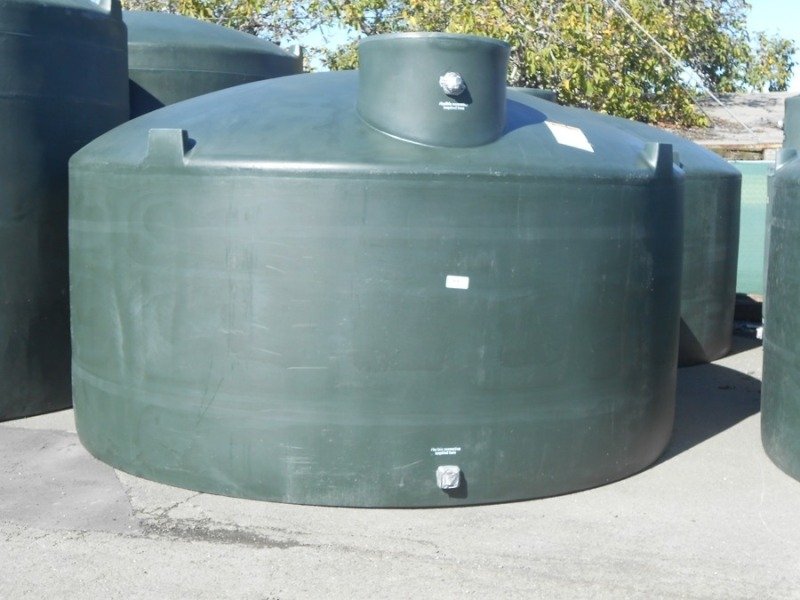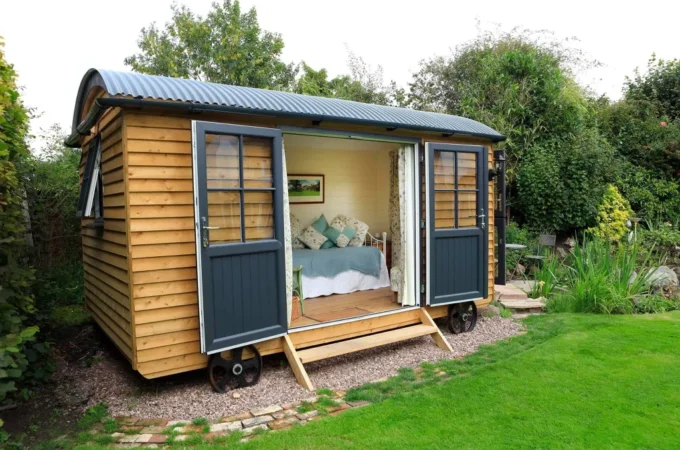
Tips on Installing a Water Storage Tank
Water tanks are used for the storage of water in many areas, from storing drinking water , in agriculture , to fire proofing. Selecting a water tank depends on your requirement , as they are available in many types having distinct specifications . Different materials are utilized for making a water tank. Tanks can be made using plastics, fiberglass, concrete, steel, GRP or bolted steel tanks. water tanks bundaberg can provide you all the solution you are looking for and you will get the best quality available in the market.
When you have bought your water tank, the next stage is to install it properly. There are a few prescribed procedures that should be considered to guarantee your water storage tank is in a protected position. You additionally ought to be worried about how you will utilize it. This factor impacts what apparatuses you will need and whether you can do this without anyone else.
Preparing the base for the tank
One of the important steps in installing a tank is to prepare a proper base for it. Imperfect base or cushion can unleash devastation on your water tank after some time. A water tank filled to the most extreme with water is amazingly substantial. 1,000 liters of water are proportionate to 1 ton. Therefore, a proper base that can convey the heaviness of the tank when full is pivotal.
Two types of bases can be prepared for your water storage tank. Concrete base and compacted material base.
Setting aside the effort to set up an appropriate base for your water stockpiling tank or downpour collecting tank is basic, many cases are reported of water tanks parting and losing a great deal of water because of the way that they didn’t set up their base accurately. Right now, we will get familiar with the well-known base sorts and which to decide for your application.
Types of Water Tank Bases
Sand:

It is the cheapest option for a water tank base, yet it also has some downside in some scenarios, for example, if the sand is lost or fine it can be an issue during substantial precipitation, or in any event, during high winds.
This is because sand has a more prominent erodability than course rock. Be that as it may, erodability diminishes when sand is blended in with rock, mud and other natural material. Erodibility likewise relies upon the level of soil compaction and the molecule size of the dirt.
Sand is modest yet it has its difficulties. If not bolstered accurately, it can flee rapidly during a tempest or overwhelming precipitation.
Pea Gravel:
As compared to sand, Pea gravel has low erodability, which enhances its ability to retain its form during heavy rain and heavy winds better than sand.
In contrast to sand (discussed below), gravel – particularly pea gravel – has lesser erodability, and is thus able to retain its shape with heavy rains and strong winds better than sand. It’s likewise low price which makes it a perfect base for poly water tanks.
When utilizing Pea Gravels as a base, consider building a casing in which the pea rock can be filled. The rock must be leveled and compacted before having your poly water tank situated safely on it.
A strong alternative. It comes at a sensible cost and holds it shape much superior to sand. Pea rock likewise should be upheld so it doesn’t corrupt after some time. This choice channels water much superior to sand. I energetically prescribe this.
Concrete:

Concrete is one of the most durable and stable as compared to other types of basis, yet also it more expensive.
In case you’re proficient (have the range of abilities and hardware) of building a concrete base, at that point, you can feel free to do as such. The most secure alternative, be that as it may, is to contract an expert developer to do it for you.
Is progressively costly however will last the longest whenever built effectively. Looks flawless and clean. You may need to introduce channels relying upon what direction the water streams or that it is so near your home.
Clay:
If you are using clay, it is just like using sand, having the same case of high erodability that they can disintegrate quicker than you’d like during heavy precipitation. Like sand, smasher residue and rock, or dirt are best bolstered with a casing (either timber, rock, concrete).
Overflow drainage pipe
If you have purchased your tank from Atanistank, overflow drainage pipe may already be installed. Channeling should then be associated from the fitting into the tempest water seepage framework, or taken to a point well away from the tank where it won’t undermine the base.
With such huge numbers of different things going on with the tank, it’s not entirely obvious the significance of drain. One inlet/outlet funnel may appear to be filling our requirement, however, it can prompt enormous difficulty down the line. With more seasoned tanks or tanks without seepage pipes, the water goes in and out a similar way. On the off chance that the water in that tank turns sour, it’s absolutely impossible of getting it out without sending it back through the pipes. Preferably, you need a funnel that goes in, a channel that goes out, and a third for seepage, regardless of whether that channel dumps on the ground.
Fill pipes
When you are going to fit you fill pipes, that are connected to your roof then into your tank. In the case if you using the water for drinking purpose, filters should be used in the pipes, specification of filters should be taken form proper dealer concerning filter you will require. It is likewise critical to guarantee your filter crate is set up in the top in your water tank.
When you are installing a tank, first of all, it is important to build up a base. According to you weather conditions, you can choose a base which suits you most for instance of sand or clay is used, they have high erodability and will possibly not work in harsh weather condition with heavy rainfall and winds. On the other side concrete bases are more durable and strong, but yet are expansive. After you are done with the base, your next concern is the filling pipes that are connected and if there are any filters used as per requirement. One of the most important things is drainage pipes of your tanks, that should be concerned as discussed above.




